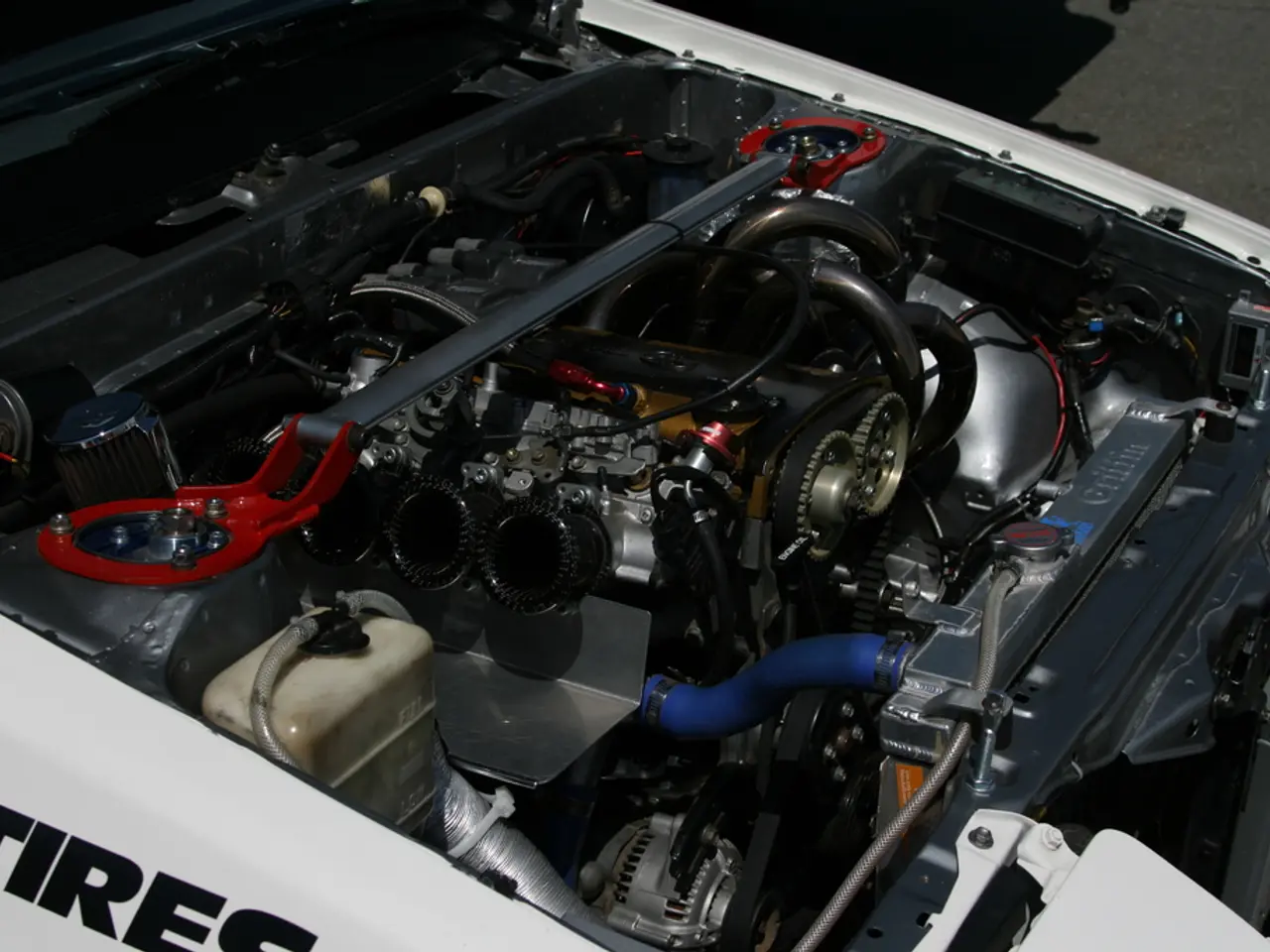Revived Soviet 'Sea Behemoth': China Resurrects Hybrid Vehicle Combining Features of Aircraft and Hovercraft
In a significant leap forward in military technology, China has unveiled the Bohai Sea Monster, a large ekranoplan designed for rapid amphibious transport and island resupply missions. This four-engine jet-powered ground-effect vehicle, with its catamaran-style hull and advanced aerodynamic and hydrodynamic design, could pose a new challenge to U.S. and allied naval defenses in contested maritime regions like the South China Sea and Taiwan Strait.
The Bohai Sea Monster combines the speed of aircraft with the stealth and low radar profile of a surface vessel, exploiting the ground effect—a cushion of air close to the water surface that allows efficient, ultra-low-altitude flight. This unique design makes it difficult to detect by most radar systems, offering an operational advantage in contested waters.
Primarily intended for rapid amphibious transport, the ekranoplan could significantly enhance China's ability to project power rapidly and covertly across contested waters, supporting military logistics and amphibious operations. In potential conflicts involving Taiwan, this ekranoplan offers a new operational tool that can quickly transport troops or matériel across the Taiwan Strait while minimizing exposure to enemy radars and anti-ship missiles.
The Bohai Sea Monster represents a modernized iteration of Cold War-era Soviet ekranoplan technology, but with jet propulsion and improved materials, making it a more versatile and faster asset for the People’s Liberation Army Navy (PLAN). It could reshape China's amphibious assault doctrine and gray-zone operations by enabling faster, stealthier maneuvers in island chains and maritime choke points critical to Taiwan’s defense and regional security.
The development of the Bohai Sea Monster reflects China's ambitious technological advances in aerospace and maritime domains, benefiting from heavy investment in composite materials, jet propulsion, and interdisciplinary research combining aerodynamics and shipbuilding expertise. This strategic asset leverages cutting-edge aerospace and maritime technologies to provide China with fast, stealthy amphibious transport capabilities, materially improving operational flexibility and effectiveness in any military scenario involving Taiwan or contested island chains.
While other countries, such as Poland and Denmark, are also developing wing-in-ground effect (WIG) drones, China seems to be leading in this technology. The U.S. and its allies may soon face a new threat with the development of ekranoplan technology, as these machines can fly below most radar detection thresholds and operate outside typical naval and air lanes.
As the first reports of Chinese military WIG drones surfaced in 2017 and were publicized by state media, it appears that the Bohai Sea Monster is the latest addition to China's growing arsenal of stealthy, rapid transport capabilities. The ekranoplan, nicknamed the "Bohai Sea Monster," was spotted at an undisclosed Chinese coastal facility, and its development may be due to China's increasing investments in naval power and the potential need for a potential invasion of Taiwan.
Engineers trained on ekranoplan hybrids are valuable due to their expertise in both hydrodynamics and aerodynamics, making them crucial to China's military technology advancements. The Bohai Sea Monster, along with China's other large seaplane project, the AVIC AG600, could mark a significant evolution in Chinese military power projection in the Indo-Pacific region.
- The Bohai Sea Monster, a modernized ekranoplan, leverages cutting-edge technology in both aerospace and maritime domains, posing a potential challenge to radar systems and naval defenses worldwide.
- This amphibious transport vehicle, combining speed with stealth, could significantly impact the strategies of countries involved in disputed regions such as the South China Sea and Taiwan Strait.
- Upon its development, the Bohai Sea Monster represents a step forward in China's technological advancements in ecology, tech, and science, particularly in the areas of composite materials, jet propulsion, and interdisciplinary research.
- China's progress in wing-in-ground effect (WIG) technology, now including the Bohai Sea Monster, may create a new threat for countries such as the U.S. and its allies, capable of operating outside normal radar detection thresholds and naval lanes.




